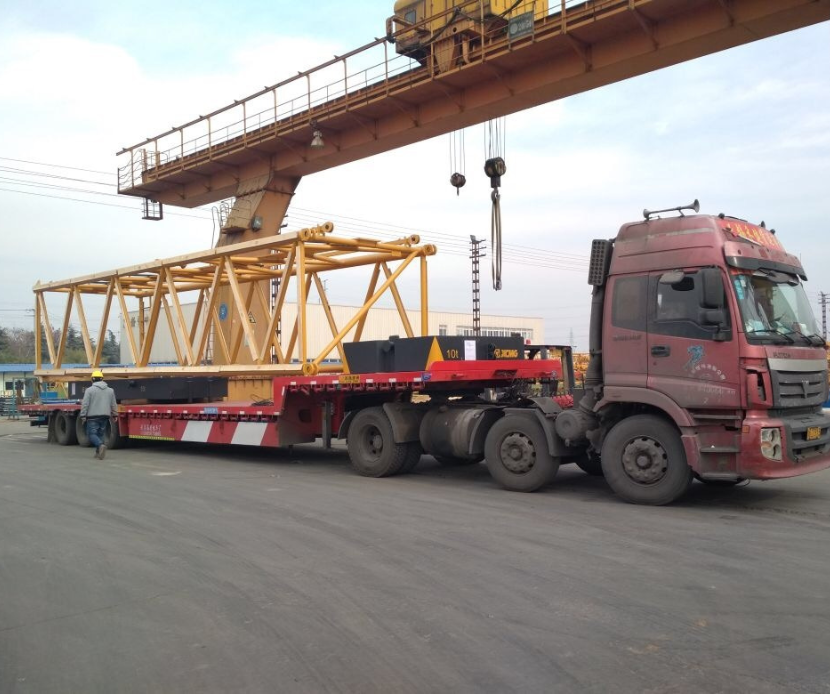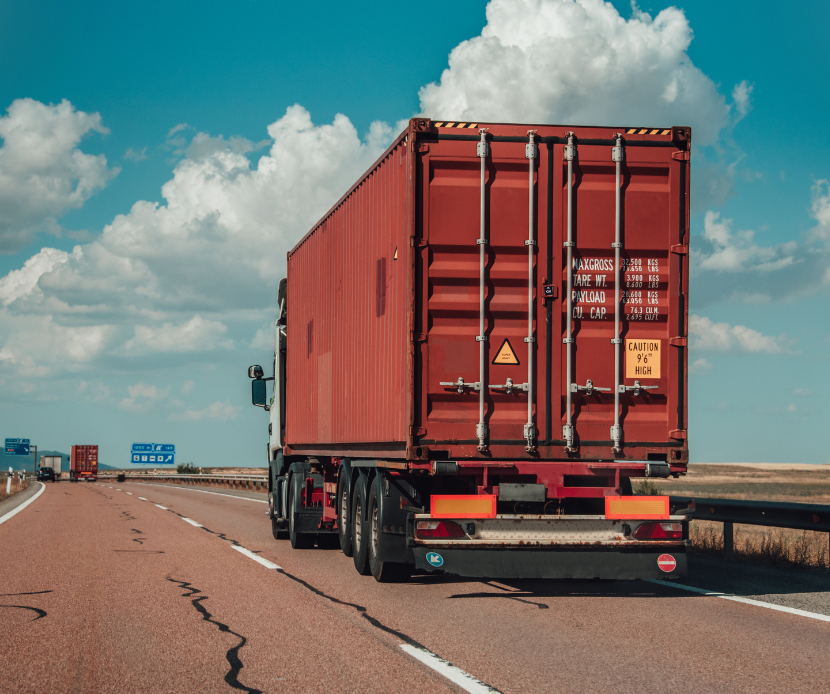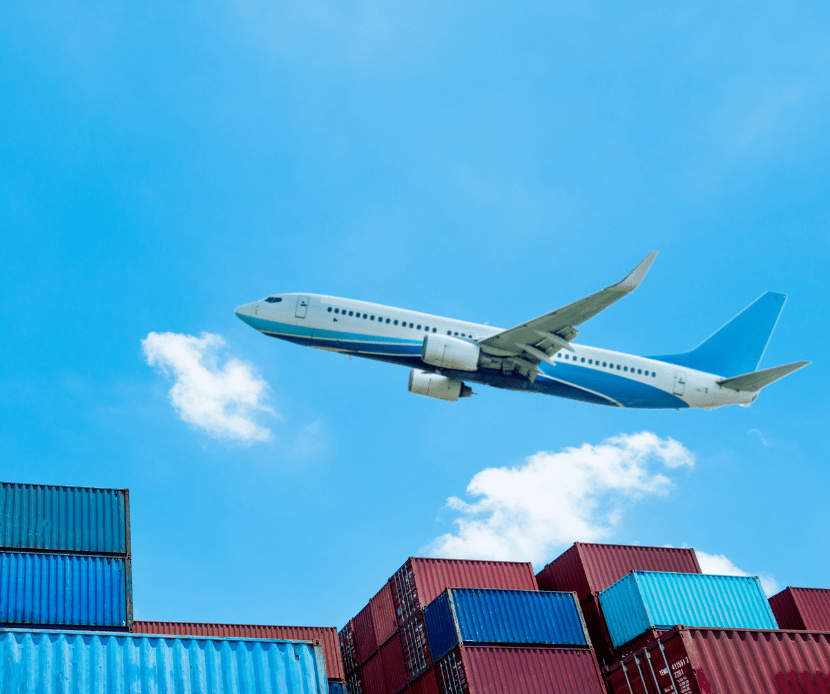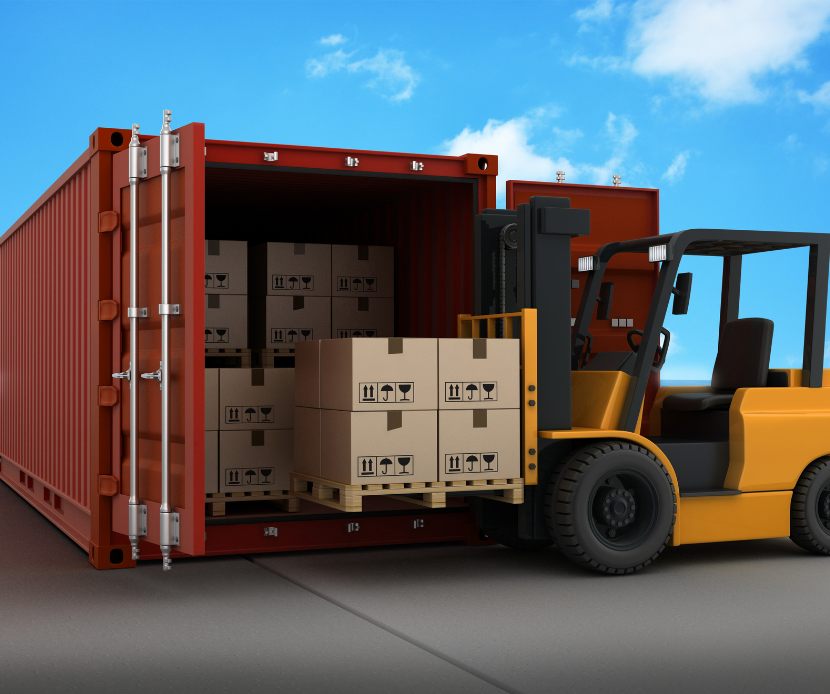


In 2025, India–Russia trade is a story of growth wrapped in imbalance. Russia remains India’s second-largest supplier, sending billions in crude oil and coal, while India’s exports to Russia—led by pharmaceuticals and steel—struggle to keep pace. The result? A $4.4 billion trade gap in just June 2025.
Yet, the numbers only tell part of the story. Despite a sharp 33% fall in exports year-on-year, bilateral trade has still grown steadily over the past five years. And with new entrants like SJ Logistics stepping into the corridor, the landscape is shifting in ways that could redefine future opportunities.
In June 2025, India exported just $316 million worth of goods to Russia while importing $4.74 billion. That left a staggering $4.42 billion trade deficit in a single month, driven mostly by energy imports.
Year-on-year, India’s exports to Russia fell by 33.5% (from $475M in June 2024), while imports dropped 20.6% (from $5.97B). The fall in imports was led by crude oil, yet the gap between what India sells and buys remains enormous.
Here’s the hook—despite the current slowdown, India–Russia trade has grown at an average annual rate of 11.8% over the past five years. It’s a paradox that defines 2025: shrinking trade today, but resilience and growth over the long run.
Pharmaceuticals remain India’s strongest link to the Russian market. In June 2025, Drug Formulations and Biologicals led the pack with $36.5M in exports. Marine products followed at $17.3M, while computer hardware and peripherals added another $16M. These categories highlight India’s foothold in healthcare, seafood, and tech hardware.
The bigger story, however, is the decline. India’s exports to Russia fell 33.5% year-on-year, and the sharpest drops came from:
These figures suggest that while pharma holds steady, other sectors are being squeezed—whether due to demand shifts, trade barriers, or currency/payment frictions in the rupee–ruble system.
India’s exports to Russia in 2025 are too concentrated in a few strong sectors, leaving them vulnerable to shocks. To close the trade gap, India will need to diversify its export basket beyond pharma and steel.
Russia’s exports to India are dominated by energy, and 2025 is no exception. In June alone, crude petroleum imports hit $3.4B, making up the lion’s share of India’s import bill. Add to that another $489M in refined petroleum products, and it’s clear why Russia is now India’s second-largest import partner.
Beyond energy, Russia also supplies critical resources. In June 2025, India imported $323M worth of coal and coke, which remains vital for steel and power generation. On an annual basis (2023 data), Russia also exported over $1.39B in fertilizers and $1.09B in diamonds to India—two categories that support agriculture and the gems-jewellery industries.
While India’s exports to Russia are narrow, Russia’s exports to India are broad and resource-heavy. The imbalance is clear: India needs Russia’s energy and raw materials far more than Russia needs India’s goods. This structural dependency drives the persistent trade gap.
The most striking feature of India–Russia trade in 2025 is the persistent deficit. In June alone, India’s exports stood at $316M, while imports surged to $4.74B, creating a $4.42B gap. Energy—especially crude oil—accounts for nearly three-quarters of that deficit, showing just how dependent India has become on Russian supplies.
Closing this gap won’t be easy. India’s export base to Russia is narrow and vulnerable, while Russian exports are diverse and resource-rich. Unless India can scale its pharmaceuticals, IT services, and agro-product exports—or find new market niches—this imbalance will persist.
The deficit isn’t just a short-term number; it’s a structural issue in the relationship. India’s reliance on Russian energy, paired with limited diversification in exports, ensures the trade balance stays tilted heavily in Russia’s favour.
India–Russia trade over the past eight years tells a story of steady growth disrupted by global shocks. Below is a snapshot of how trade evolved year by year:
| Year | Key Trend in Trade | Global/Regional Events Impacting Trade |
|---|---|---|
| 2017–2019 | Steady, modest growth | Normal trade patterns, pre-pandemic stability |
| 2020 | Brief slowdown | COVID-19 pandemic disrupts supply chains |
| 2021 | Recovery begins | Global demand rebounds post-pandemic |
| 2022 | Sharp surge in imports | Ukraine conflict: Russia pivots exports to Asia; India buys discounted crude. Crude petroleum dominates; Russia becomes India’s 2nd-largest import partner |
| 2023 | Record-high trade | Crude petroleum dominates; Russia becomes India’s 2nd-largest import partner |
| 2024 | Signs of correction | Imports fall slightly due to oil price adjustments |
| 2025 | Exports down 33.5%, imports down 20.6% | Global inflation, sanctions environment, rupee–ruble payment frictions |
The big picture is clear: trade grew at an average of 11.8% annually between 2017 and 2025. But the growth is imbalanced—imports surged on energy demand, while exports lagged. This asymmetry is the backbone of the trade deficit India faces today.
The structure of India–Russia trade reflects their comparative advantages. India’s strength lies in pharmaceuticals, manufactured goods, and specialty minerals, while Russia dominates in energy and raw materials. Their Economic Complexity Index (ECI) rankings underline these differences.
| Country | Economic Complexity Index (2023) | Top Strengths | Examples of Key Exports |
|---|---|---|---|
| India | 0.65 (Rank 39/132) | Pharmaceuticals, Steel, Agro-processing, Minerals | Packaged Medicaments ($340M), Stainless Steel ($218M), Aluminium Oxide ($169M) |
| Russia | 0.30 (Rank 50/132) | Energy, Fertilizers, Diamonds, Coal | Crude Petroleum ($48.6B), Refined Petroleum ($4.93B), Fertilizers ($1.39B), Diamonds ($1.09B) |
India has a more diverse and complex economy, producing a wide range of goods. Russia, in contrast, leans heavily on its energy exports—a simpler but resource-rich model. This asymmetry explains why India struggles to expand exports to Russia, while Russia’s natural advantages keep its trade dominance intact.
India’s exports to Russia are still concentrated, but opportunities exist to diversify. Beyond pharmaceuticals, IT services and software exports could find a larger market as Russian firms seek alternatives to Western providers. Similarly, agro-products like tea, rice, and spices remain underutilized channels where India has strong global competitiveness.
Russia, too, has room to expand beyond crude oil and coal. The fertilizer and minerals sector already shows promise, but 2025 and beyond could see Russia leverage digital trade platforms to reach Indian buyers. E-commerce and digital intermediation fees, especially in B2B trade, are emerging as new frontiers.
For both nations, the real opportunity lies in complementary strengths. India’s complex manufacturing and IT ecosystem pairs well with Russia’s resource base. A stronger push in joint ventures—spanning pharma, infrastructure, and digital services—could help balance the trade equation while deepening strategic ties.
In 2025, SJ Logistics marked its entry into the India–Russia trade route, signaling how private firms and SMEs are beginning to reshape the export story. Unlike established conglomerates, SJ Logistics brings agility and niche focus, targeting sectors where India has room to grow.
By tapping into Russia’s demand for pharmaceuticals, agro-products, and manufactured goods, SJ Logistics is positioning itself as a key facilitator. Its strength lies not just in exports but in logistics solutions—bridging gaps in supply chains, navigating the rupee–ruble payment system, and offering customized shipping routes.
The biggest shadow over India–Russia trade in 2025 is the sanctions environment. With Western restrictions still in place, both nations must navigate a complex web of compliance risks, making trade transactions slower and more uncertain.
Despite growth, logistical bottlenecks remain a hurdle. Direct shipping lines are limited, and high freight costs add to the challenge. On the financial side, the rupee–ruble payment system has yet to achieve full stability, often leading to settlement delays and currency risks for exporters.
Global inflation, oil price volatility, and shifting demand patterns add layers of unpredictability. For exporters—especially newcomers like SMEs and logistics firms—these risks can eat into already tight margins.
India–Russia trade may be growing, but it faces a maze of political, logistical, and financial challenges. Overcoming these barriers will be key to unlocking the full potential of the partnership.
Despite short-term dips, the long-term trajectory of India–Russia trade points upward. Energy will continue to anchor the relationship, but new areas—such as digital trade and joint industrial ventures—are expected to gradually expand the trade basket.
Three areas hold particular promise:
Platforms like BRICS will play an important role in shaping bilateral trade. By leveraging multilateral agreements, India and Russia can reduce reliance on Western-led payment systems and establish more stable supply chains.
The future of India–Russia trade lies in moving from energy dependency to diversified cooperation. If both countries invest in new sectors, the trade relationship could evolve into a more balanced and resilient partnership by the next decade.
India–Russia trade in 2025 highlights a clear truth: while energy imports keep the balance tilted, opportunities for Indian exporters are opening up. Pharmaceuticals, IT, and agro-products remain key sectors—but success will depend on innovation and adaptability.
The entry of SJ Logistics into this corridor is proof that even new players can make their mark. For Indian exporters, Russia isn’t just a challenge; it’s a frontier waiting to be explored.

Your Global Trade Navigator, Delivering End-to-End Excellence and Unlocking New Opportunities in Every Link of Your Supply Chain.
Get In Touch
Explore our expert guide on Full Container Load (FCL) Shipping, covering benefits, processes, and tips to optimize your shipping experience efficiently.
Learn More FCL Shipping
SJ Logistics specializes in the global transportation of high-value, oversized cargo, ensuring safe and efficient delivery for your most complex project logistics needs.
Learn More Project Cargo
Discover tailored warehousing solutions at SJ Logistics, designed for efficiency and strategic storage. Optimize your supply chain with our innovative services today!
Learn More Warehousing
Discover comprehensive NVOCC solutions that streamline your logistics operations, enhance efficiency, and ensure seamless cargo management for your business needs.
Learn More NVOCC
Discover reliable inland transportation solutions that streamline your domestic logistics, ensuring timely and efficient delivery across the country.
Learn More Inland Transportation
Experience unparalleled convenience with our door delivery solutions, ensuring your packages arrive safely and promptly right at your doorstep. Discover more today!
Learn More Door Delivery
Experience seamless customs clearance with SJ Logistics. Our expert-led solutions ensure precision and efficiency, streamlining your import and export processes.
Learn More CHA
Experience unparalleled speed and reliability with our air freight services, ensuring your cargo reaches its destination swiftly and safely, no matter the distance.
Learn More Air Freight
Unlock the benefits of LCL shipping with our tailored solutions. Enjoy flexibility, cost savings, and strategic support designed for SMEs to thrive in global trade.
Learn More LCL Shipping